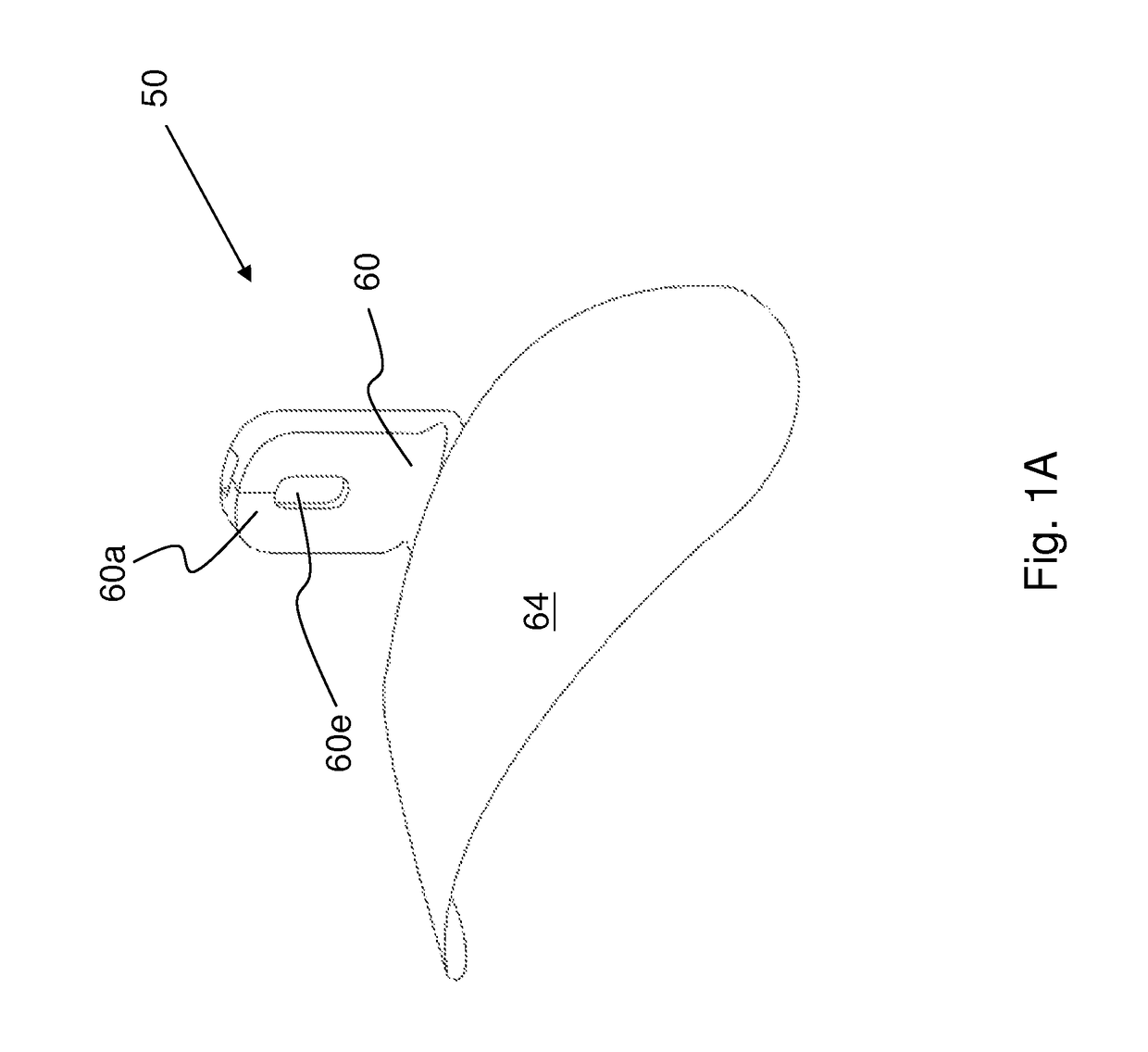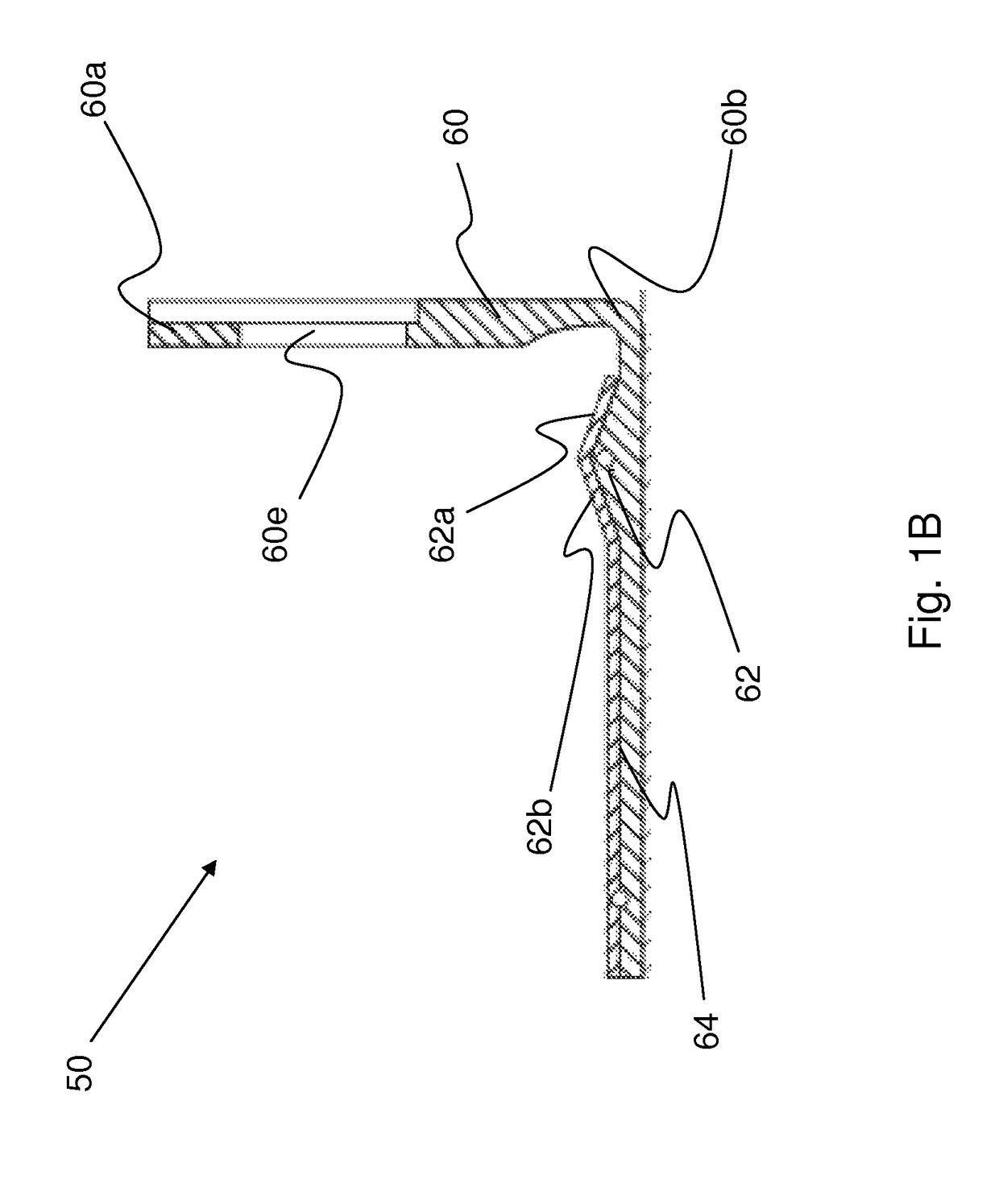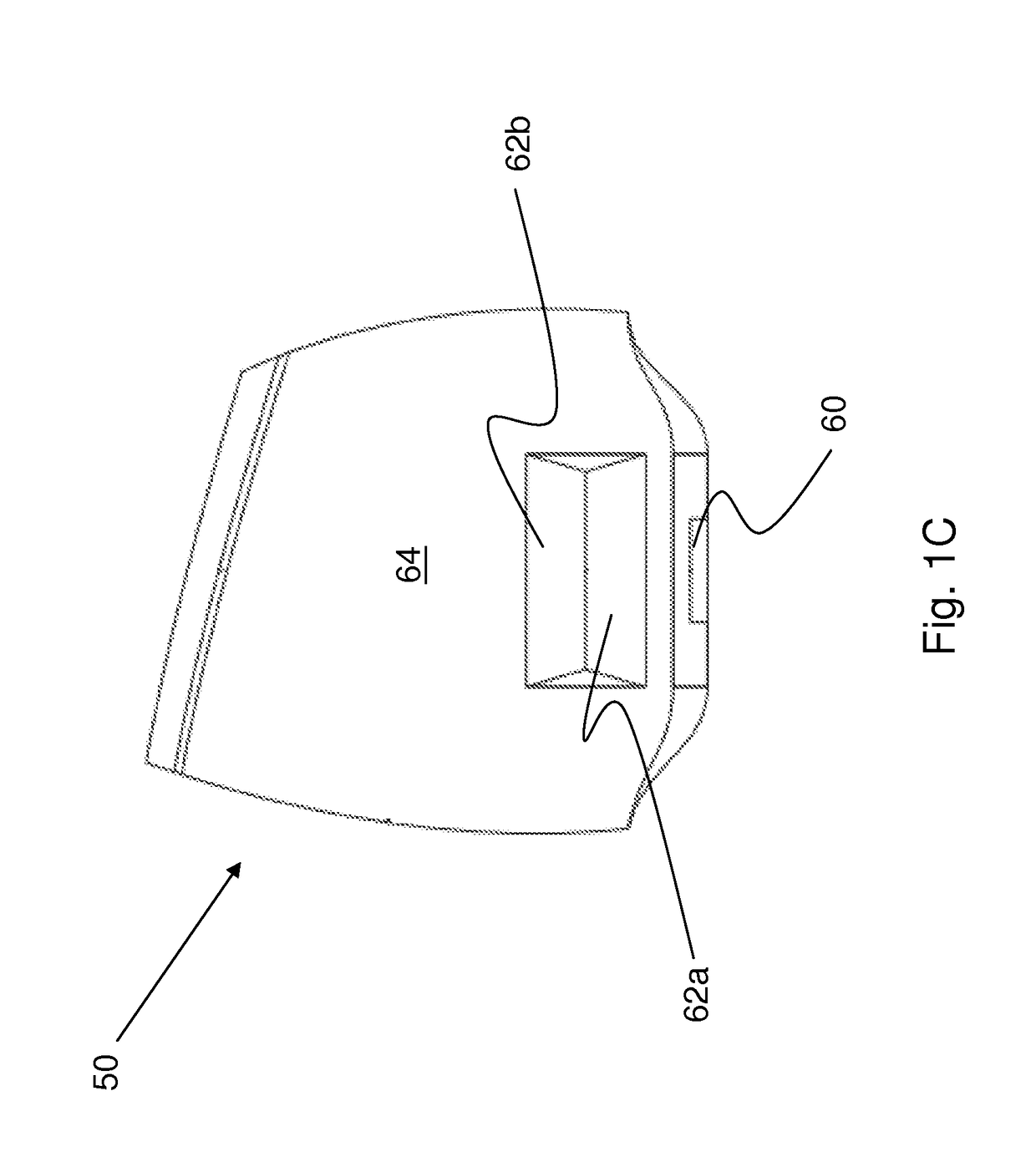Shoulder rest for a stringed instrument
a stringed instrument and shoulder rest technology, applied in the field of shoulder rest for stringed instruments, can solve the problems of loss of the necessary dynamic interaction between the violin, the bow and the player, the use of the shoulder rest, etc., and achieve the effect of preventing minimizing the contact, and minimizing the damping of the stringed instrument resting thereon
- Summary
- Abstract
- Description
- Claims
- Application Information
AI Technical Summary
Benefits of technology
Problems solved by technology
Method used
Image
Examples
Embodiment Construction
[0016]As used herein and in the claims, “comprising” means including the following elements but not excluding others. When interpreting each statement in this specification that includes the term “comprising”, features other than that or those prefaced by the term may also be present. Related terms such as “comprise” and “comprises” are to be interpreted in the same manner.
[0017]The term “formable” refers to the nature of a material that allows for a substance made thereof to have its shape readily changeable, but once changed, it can retain the shape.
[0018]“Proximal side” refers to the side of the shoulder of a user that is closer to the neck. Likewise, its counterpart, “distal side”, refers to the side of the shoulder near the arm and positioned farther away from the neck. Correspondingly, “proximal clavicle” means the side of the clavicle of a user closer to the neck of that user, whereas “distal clavicle” is the opposing side of the “proximal clavicle”.
[0019]Referring first to F...
PUM
 Login to View More
Login to View More Abstract
Description
Claims
Application Information
 Login to View More
Login to View More - R&D
- Intellectual Property
- Life Sciences
- Materials
- Tech Scout
- Unparalleled Data Quality
- Higher Quality Content
- 60% Fewer Hallucinations
Browse by: Latest US Patents, China's latest patents, Technical Efficacy Thesaurus, Application Domain, Technology Topic, Popular Technical Reports.
© 2025 PatSnap. All rights reserved.Legal|Privacy policy|Modern Slavery Act Transparency Statement|Sitemap|About US| Contact US: help@patsnap.com



